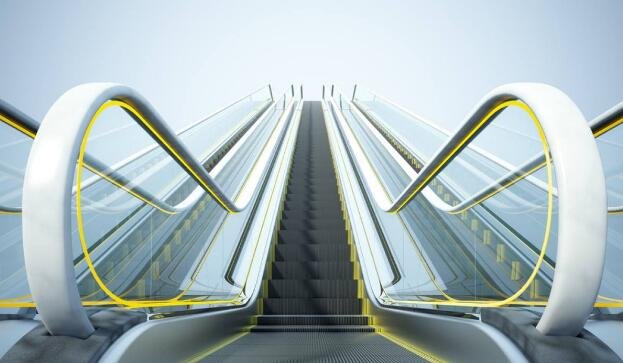The Latest Elevator Technology Trends
In the ever – evolving world of vertical transportation, the elevator industry is experiencing a technological revolution. These advancements are not only enhancing the functionality and efficiency of elevators but also improving safety, user experience, and sustainability. Let’s take a closer look at some of the latest elevator technology trends.
1. IoT – Enabled Smart Elevators
The Internet of Things (IoT) has made its way into the elevator world, giving rise to smart elevators. These intelligent systems are equipped with sensors that collect a vast amount of data. From monitoring the number of daily rides, the time of peak usage, to tracking the health of various elevator components such as motors, cables, and door mechanisms, IoT – enabled elevators provide real – time insights.
This data is then transmitted to a central system, where it can be analyzed. Building managers and elevator maintenance teams can use this information to perform predictive maintenance. By detecting early signs of wear and tear or potential malfunctions, they can schedule maintenance before a breakdown occurs. This not only reduces unexpected downtime but also extends the lifespan of the elevator, ultimately saving costs.
For example, sensors might detect that a particular bearing in the elevator motor is starting to show signs of increased friction. Maintenance teams can then plan to replace the bearing at a convenient time, rather than waiting for it to fail and cause an unplanned outage.
2. AI – Driven Optimization
Artificial Intelligence (AI) is another game – changing technology in the elevator industry. AI algorithms can analyze the data collected by IoT sensors to optimize elevator operations. They can predict traffic patterns in a building, taking into account factors such as time of day, day of the week, and even special events.
Based on these predictions, AI can adjust elevator scheduling to improve efficiency. For instance, during the morning rush hour in an office building, the AI system can prioritize elevators to the lobby to quickly transport employees to their work floors. It can also group passengers traveling to nearby floors together, reducing the number of stops and shortening overall travel times.
In addition, AI can be used to improve the energy efficiency of elevators. By analyzing factors like load and speed, it can optimize the power consumption of the elevator motors, ensuring that the elevators run as efficiently as possible.
3. Energy – Efficient Technologies
With the growing focus on sustainability, energy – efficient technologies are becoming increasingly important in the elevator industry. One such technology is regenerative drives. When an elevator descends, it generates kinetic energy. Regenerative drives capture this energy and convert it back into electrical energy, which can then be fed back into the building’s power grid or used to power other building systems.
LED lighting is also widely being adopted in elevator cabins. Compared to traditional lighting, LED lights consume significantly less energy and have a much longer lifespan. This not only reduces the energy consumption of the elevator but also lowers maintenance costs associated with replacing light bulbs.
Furthermore, some elevator manufacturers are exploring the use of lightweight materials in elevator construction. Lighter elevators require less energy to operate, contributing to overall energy savings.
4. Enhanced Safety Features
Safety has always been a top priority in the elevator industry, and new technologies are constantly being developed to improve it. Advanced sensor systems are now being used to detect obstructions in elevator doors more accurately. These sensors can detect even the smallest objects, preventing doors from closing and trapping passengers.
Emergency communication systems in elevators are also getting smarter. Some elevators now come equipped with video communication capabilities, allowing passengers to see and talk to emergency responders in real – time. In addition, location – tracking technology can help emergency teams quickly identify the exact location of an elevator in distress.
Contactless technology, which became more prevalent during the COVID – 19 pandemic, is also enhancing elevator safety. Touchless controls, such as voice – activated or motion – sensor – based systems, reduce the risk of spreading germs and also make elevators more accessible for people with disabilities.
5. Customizable and Aesthetically Pleasing Designs
As buildings become more architecturally diverse and focused on providing unique experiences, elevator design is also evolving. Modular design concepts are allowing for greater customization. Building owners can choose from a variety of pre – designed modules to create an elevator interior that matches the overall aesthetic of their building.
Interactive displays and touchscreens are being integrated into elevator cabins, providing passengers with information, entertainment, and even advertising. Transparent and glass elevators are also in high demand, especially in modern and luxury buildings. These elevators offer stunning views and add a touch of elegance to the building’s design.
In conclusion, the elevator technology trends are rapidly changing the face of the industry. From IoT and AI – driven smart elevators to energy – efficient solutions and enhanced safety features, these advancements are making elevators more efficient, sustainable, and user – friendly. As the industry continues to innovate, we can expect even more exciting developments in the future.
